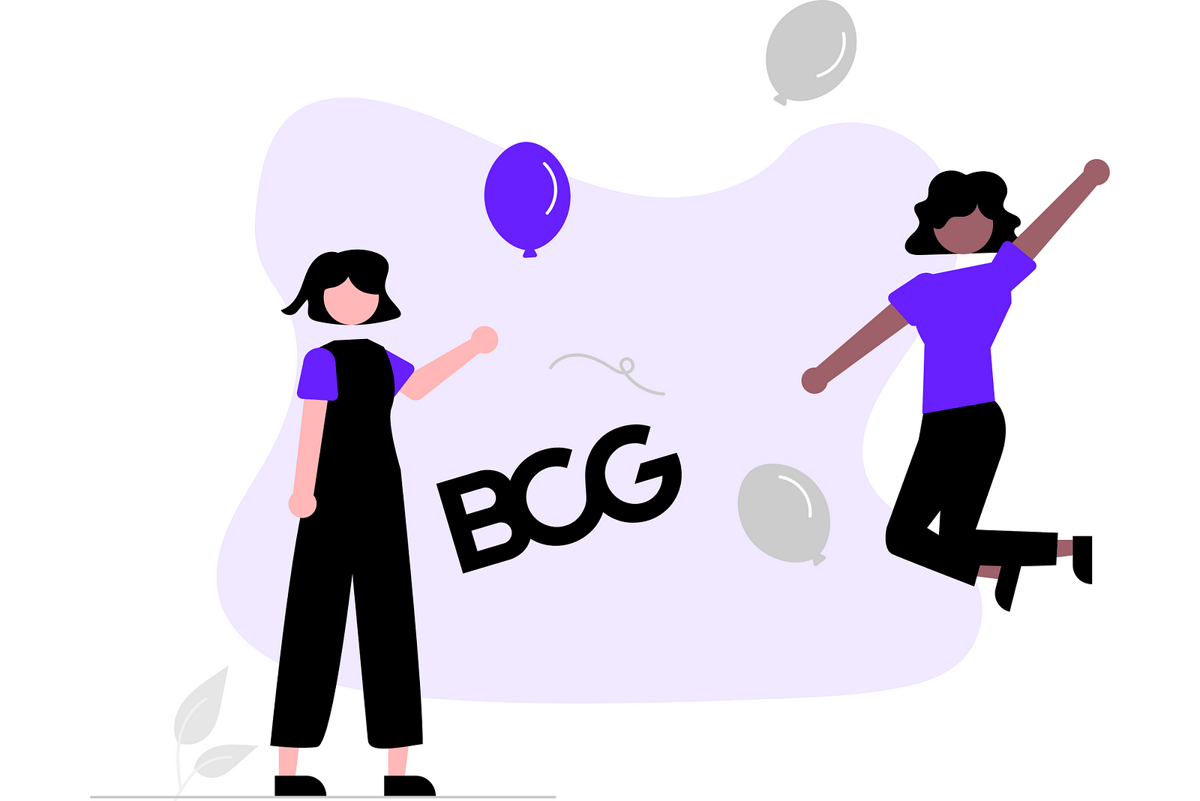Choosing a UX/UI career wasn’t always at the forefront of my mind. At times, I thought I’d become an architect, and other times, a filmmaker.
I want to make my story as actionable as possible for you. To do that, I’ll break it into phases of my UX/UI design career and include clear calls to action.

I stumbled into UX/UI design by accident. I was helping a friend create mobile app designs as a form of payment for rent. Soon, I realized there was significant demand for UX/UI services and decided to start freelancing. I was still studying at the time and needed some extra income. Additionally, I enjoyed the business aspect of freelancing and had the chance to explore various visual styles (I was completely immersed in the outstanding UIs showcased on Dribbble and Behance).
More importantly, I wanted my designs to have an impact. I loved helping people and felt a strong desire to be useful.
After about two years of freelancing, I decided to pursue UX/UI design full-time. I recognized the demand for my skills and knew it was the right path for me. That’s when I started looking for a full-time position.
Working on your portfolio as a freelancer will eventually help you land a full-time position — trust me!
Around the time I began searching for a full-time position in Amsterdam, I got the opportunity to move to California. I remember struggling to find a job, so I decided to take a professional UX/UI design course, hoping it would improve my chances — and it did!
I treated the course like a freelance project, using every opportunity to showcase the outcomes on platforms like Behance and Dribbble. I also wrote case studies on Medium. I was eager to build my portfolio with high-quality examples, and I genuinely enjoyed exploring new product ideas and visuals.
At the time, I was fascinated by blockchain technology, so I incorporated blockchain-related subjects into my projects. This allowed me to channel my creativity in a fun and productive way.
Every time you present or share your work with the world, you need to structure your thoughts and give your presentation a form. That is big! You train yourself to be a visual storyteller, but you also learn about yourself — What is my style of storytelling? How do I want to present my work? What is important to me and my audience?
As soon as I completed my course, I began applying for jobs. I remember receiving a response from BCG not long after. The entire process was intimidating because I had never gone through something like that before.
When I was given a take-home exercise, I spent an entire week working on it. I made sure to research the subject thoroughly and explore multiple design options before settling on one. In the end, the recruitment process taught me a valuable lesson: when you have a good gut feeling about a job, it’s usually the right place to be. Consulting was the perfect fit for me because it allowed me to work on diverse products and industries. I discovered that I love working on complex projects, and my passion lies in helping engineers.
I hope my experience and tips help you land your first job! I’m rooting for you! Let me know if there’s anything else I should include to help others in their job hunt.
Find out if MentorCruise is a good fit for you – fast, free, and no pressure.
Tell us about your goals
See how mentorship compares to other options
Preview your first month
